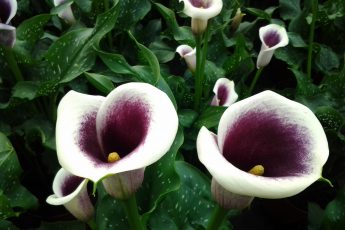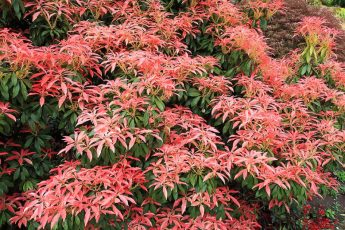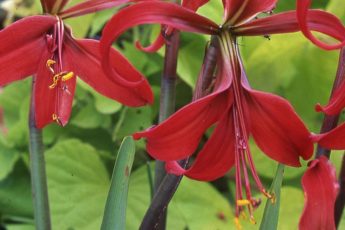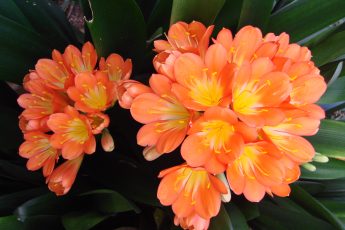Neoregelia, a captivating member of the Bromeliaceae family, originates from the lush regions of South America, specifically Brazil. Known for its vivid colors and striking appearance, this plant has become increasingly popular among indoor gardeners. Its ease of cultivation, coupled with its unique aesthetic qualities, makes it an excellent choice for enthusiasts of all experience levels, especially beginners.
Understanding the Basics of Neoregelia Care
Neoregelia presents a unique form with a rosette structure that reaches an average width of 35-45 cm, although it can sometimes grow to a size of up to 60 cm or even more. The slow growth rate of this plant means it will not outgrow its space too quickly, making it perfect for those looking to add a touch of tropical flair without constant maintenance.
Temperature and Humidity Requirements
For optimal health, Neoregelia requires temperatures around 59-69.8°F during the summer and no lower than 55.4°F in the winter. Maintaining a relatively constant temperature throughout the year is crucial for the well-being of the plant. Additionally, Neoregelia thrives in humidity levels of at least 50-60%. Daily misting with soft water can help maintain these humid conditions, but care should be taken to avoid the inflorescence. Importantly, there should always be a presence of water in the rosette to support its unique structure and growth.
Lighting Conditions
Neoregelia requires bright light to sustain its vibrant leaf colors, with a southern window providing suitable lighting. However, it’s essential to offer shading during the peak sunlight hours around noon to prevent leaf scorching. The intensity of pigmentation on the leaves is directly linked to the amount of light the plant receives, making it crucial to find the right balance for optimal display.
Soil and Watering
The perfect soil mix for Neoregelia includes light, fertile components such as foliage, sand, and peat, with the addition of sphagnum recommended to enhance moisture retention. A crucial aspect of planting Neoregelia involves ensuring adequate drainage, with at least a third of the pot’s volume allotted for this. Overwatering can lead to root rot, so the soil should be kept slightly moist, with watering required approximately 1-2 times a week during summer. Furthermore, ensure the rosette is filled with soft water at a height of about 2.5 cm, replacing it weekly to prevent stagnation. During winter, reduce watering but maintain water levels within the rosette itself, as the soil can remain dry without affecting the plant negatively.
Fertilizing Your Neoregelia
To nurture its growth, Neoregelia benefits from the application of diluted soluble fertilizers from spring through autumn every 2-3 weeks. For effective feeding, pour the solution directly into the rosette, or apply a suitable orchid fertilizer spray onto the leaves to encourage healthy development.
Propagation Techniques
Neoregelia can be propagated in several effective ways. Offshoots, or “pups,” can be severed from the mother plant once they reach half its size and develop their roots. Use a sharp knife to separate these pups, and dust the cut with charcoal to prevent infections. After drying, wrap the pup in sphagnum or sprinkle with peat, then place it in the main substrate. Provide regular misting and initially keep the young plant shaded for better acclimatization.
If the pup lacks roots, it can be housed under polyethylene to enhance growth conditions. Scions typically bloom 2-3 years after propagation. For seed propagation, plant seeds in a mini-greenhouse at 77°F on a mixture of sand and sphagnum, covering them lightly with soil. Seedlings appear within 2-3 weeks and should be transplanted into individual pots once they develop 2-3 leaves (after about 3-4 months).
Dealing with Common Challenges
When cultivating Neoregelia, you might encounter issues such as scab or leaf wilting, particularly at cooler temperatures. If the plant becomes shriveled, it often indicates inadequate watering, whereas pale leaves can be a sign of insufficient lighting. These issues can often be resolved with minor adjustments to care practices.
Neoregelia not only brings vibrant life and color into a space but also offers a manageable plant choice for both novice and experienced plant owners. With the right care in terms of temperature, humidity, lighting, and soil composition, this resilient Bromeliad will thrive, making your indoor garden a striking and colorful environment.






